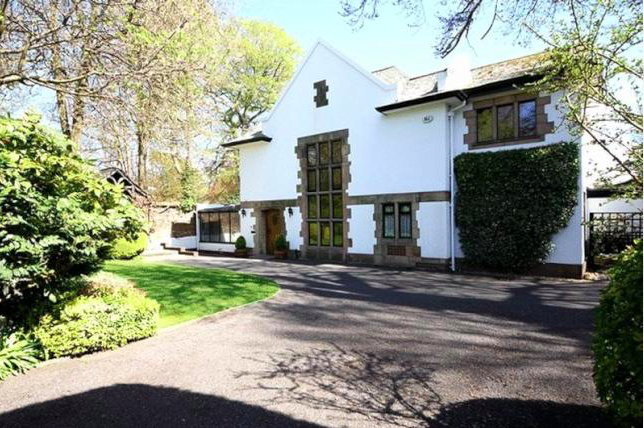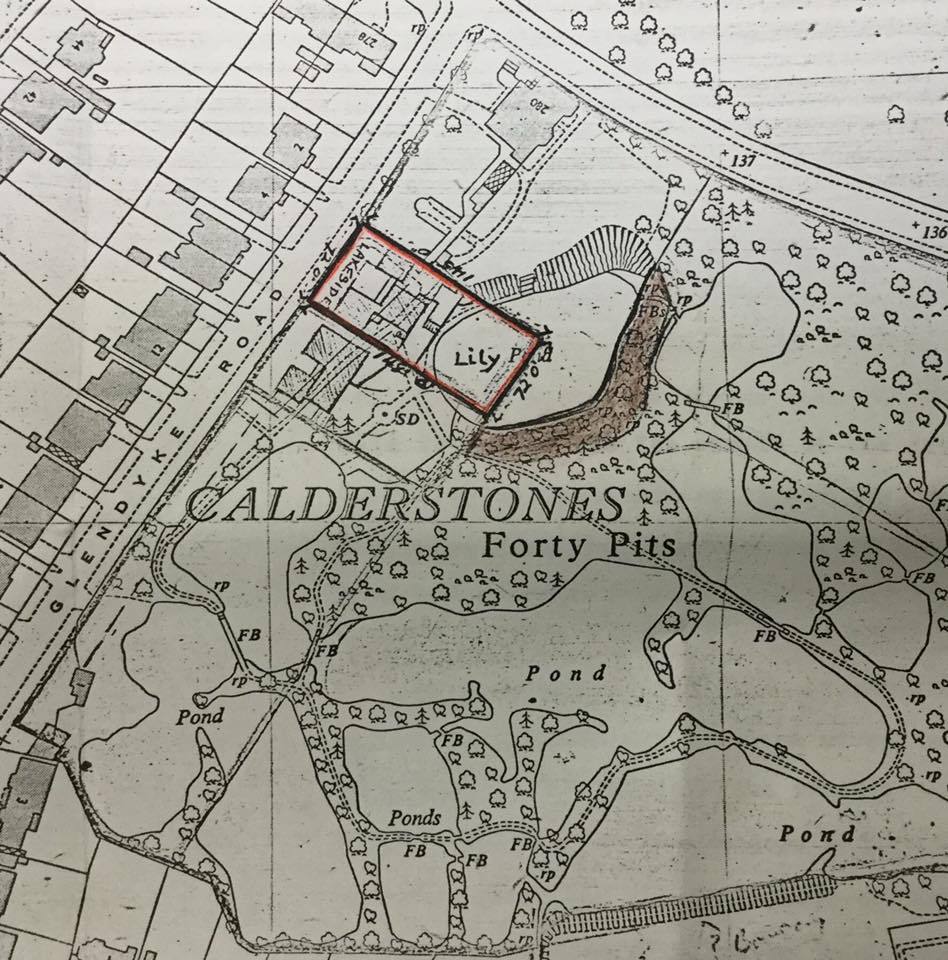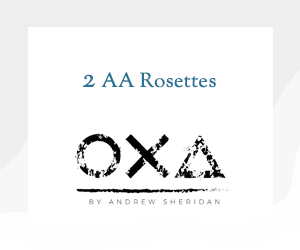No listed status for 17th century 'heritage asset' which was mucked about with in 1930s
ONE of the oldest houses in Liverpool, on a site mentioned in the Domesday Book, faces demolition to make way for a block of flats.
The future of the detached house, known as Forty Pits, which dates back to 1650, was doomed after Historic England raised no objection to the building project.
The official cultural agency has also refused to grant the building, on the corner of Allerton Road and Glendyke Road, listed status as it was substantially altered around 1930.

Planning officers are recommending next Tuesday’s meeting of the planning committee to give the go-ahead to the development scheme on the corner of Allerton Road and Glendyke Road. It would mean demolition of the existing house, detached double garage and tennis courts. In their place would be two blocks, providing 10 dwellings together with associated landscaping and car parking.
More than 240 people as well as local councillors have objected to the demolition of the house, which includes tennis courts and a garage.
In a report to councillors, planners say: “As confirmed by Historic England the current building has no special architectural or historic merit to warrant its retention and the Interim Head of Planning therefore considers its replacement to be acceptable.”
Historic England’s assessment described the building as a house of 1933 by noted local builder Mrs Ebbs, built possibly as a renovation of, but more probably a substantial rebuilding of, the 19th century Beech Farm which occupied a very similar footprint.
The report added that the building is unlikely to contain any in-situ elements of the 17th century cottages believed to have been on the site.


Lib Dem Councillor Andrew Makinson, who is fighting the proposal, said the building is an important heritage asset to the city.
“As such I would strongly object to its proposed demolition. As for the development proposal, I object on the grounds that it would represent a massive overdevelopment of the site, through both scale and massing. It would have a detrimental effect on the visual amenity of the local neighbourhood, as well as resulting in increased noise and traffic."

He added: "The existing woodland area and the lake known as The Glen are an important wildlife habitat, which, despite being in a domestic setting, remains relatively undisturbed and well protected from outside interference.”
Ward councillor Richard Wenstone said no residents he had spoken to have expressed their support for the scheme.
“The current property is of considerable antiquity, with parts dating back to the 17th century; even more recent modifications are as old as early 19th century. - The current property provides considerable visual amenity to that section of ‘old’ Allerton Road.
"The destruction of such a property, which includes a highly unusual natural water environment, would therefore have a substantial negative impact on the character of the neighbourhood."













